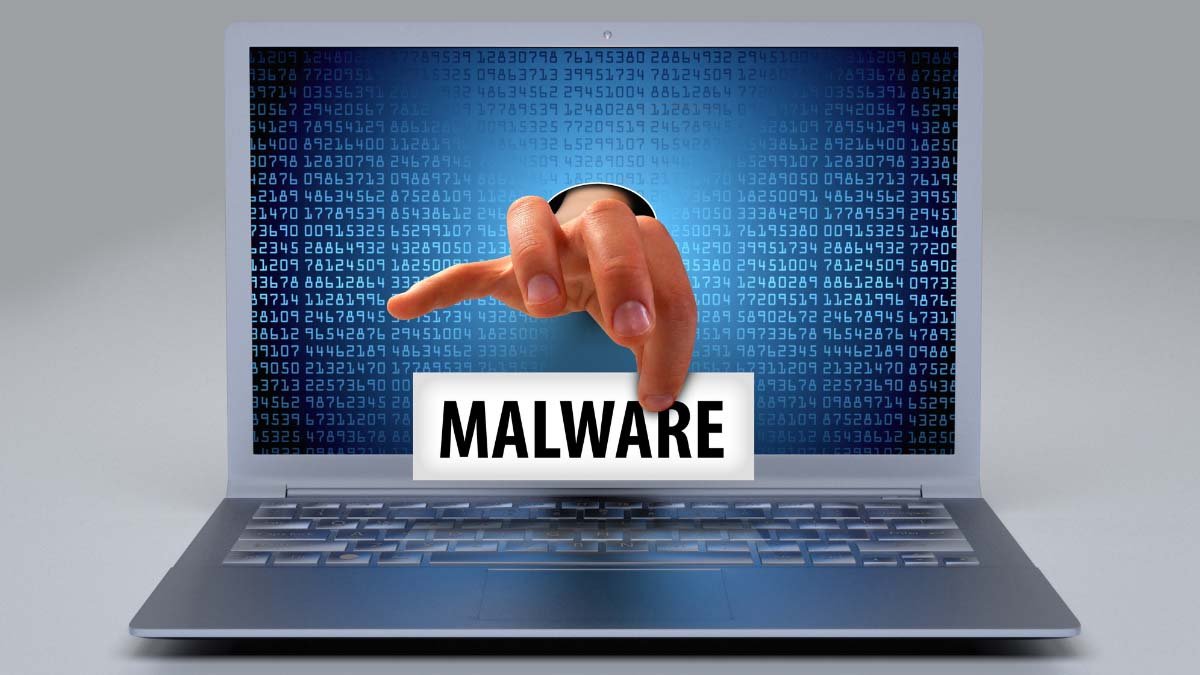Mac computers have long been regarded as less susceptible to malware and infections than other operating systems. However, as Macs become more ubiquitous, cybercriminals are increasingly targeting them. Mac users must proactively safeguard their devices and know how to remove viruses and malware effectively.
This article will discuss the most effective methods for removing viruses and malware from a Mac. We will provide detailed instructions and helpful hints to ensure your computer’s security. Let’s plunge in!
Malware Infection Signs
Before we dive into removal methods, it’s important to identify the signs of a possible virus or malware infection on your Mac. These symptoms might include:
- If your Mac suddenly becomes sluggish or takes a long time to complete basic activities, this could be a sign of malware activity.
- Malware is frequently characterized by an increase in pop-up ads or banners that appear even when you are not perusing the Internet.
- Malware may be blamed if your homepage, default search engine, or browser extensions change without your permission.
- Check your network usage in the Activity Monitor to identify any suspicious data-hungry processes.
- Frequent failures or unusual error messages may indicate the presence of malware.
If you observe any of these symptoms, you must immediately remove viruses and malware from your Mac.
Best Methods for Eliminating Viruses and Malware
Utilize Reliable Virus Protection Software
Installing trustworthy virus protection for Mac software is one of the most effective methods for protecting your Mac from viruses and malware. Several excellent options, such as MacKeeper, provide comprehensive security features, such as real-time scanning, malware detection, and elimination.
Antivirus software updates its virus definitions to remain abreast of the most recent threats, ensuring your Mac is protected from new malware. Perform a thorough system scan with the antivirus software and follow the on-screen instructions to eliminate any threats found.
Upgrade Your Operating System and Applications
Keeping your Mac’s operating system and installed applications up to date is essential for security. Frequently, software updates include problem fixes and security patches that address known flaws.
To upgrade a Mac:
- Click the Apple menu located in the upper-left quadrant of the display
- Select System Preferences then Software Update
- Click Update Now if an update is available.
Remove Suspicious Programmes
If you suspect a specific application on your Mac is infected with malware, you should remove it. Follow the instructions below to uninstall the software:
- Open Finder via the Dock
- Click Applications in the sidebar on the left
- Locate the malicious application you wish to remove
- Right-click the application and choose Move to the Trash
- To empty the Trash, right-click the Trash icon and select Empty Trash.
Reset Web Browsers
Malware frequently targets web browsers, injecting intrusive extensions and modifying settings. Follow these instructions for popular web browsers to reset your browsers and remove any malicious elements:
Safari
- Open Safari by selecting Safari from the menu bar
- Choose Preferences and then click the Extensions tab
- Clicking the Uninstall button will remove any dubious extensions
- Set your preferred homepage by clicking the General tab
- Select Remove All Website Data from the Privacy menu to delete all saved information.
Google Chrome
- Click the three-dot menu in the top-right corner of Chrome to access the menu
- Select Settings and then select Extensions in the sidebar on the left
- Clicking the trash can icon will remove any undesirable extensions
- Return to the settings and click On Start-up
- Choose Open a specific page or set of pages and establish your desired homepage.
Mozilla Firefox
- Click the three-line menu in the upper-right corner to open Firefox.
- Choose Add-ons and then navigate to the Extensions tab.
- Remove suspicious extensions by choosing the three-dot menu and selecting Remove.
- Set your preferred homepage by clicking the General tab.
Seek Qualified Assistance
If you cannot remove malware from your Mac using the above methods, or if the infection appears severe, you should seek professional help. Consult an Apple Authorised Service Provider or an experienced technician for assistance diagnosing and effectively removing malware.
Conclusion
Protecting your Mac from infections and malware is crucial for preserving the device’s security and performance. You can reduce the risk of malware infections by employing dependable antivirus software, keeping your system and applications up to date, removing suspicious applications, resetting web browsers, and activating Mac’s inbuilt security features.
Remember to maintain vigilance while navigating the Internet, avoid downloading files from unreliable sources, and back up your essential data regularly to mitigate the effects of potential malware attacks. By adhering to these best practices, you can maintain the safety and security of your Mac.




